I'll admit it. This idea is likely to go nowhere.
But with the Vatican's recent Twitter campaign (God must have signed off), it's worth exploring.
Consider the following: there have been three papal conclaves in the last 35 years. Pope John Paul I died 33 days after his election in 1978, so two took place that year and one following the death of John Paul II in 2005. Cardinals over the age of 80 are excluded from the selection process, so it's highly likely that the new Pope will serve for at least a decade, perhaps longer.
Add to this that the church is still facing a number of challenges. While the Vatican counts 1.2 billion Catholics worldwide, numerous surveys show that young people, especially in the United States, are turning away from the church in record numbers. Putting reports about recent malfeasance aside, the upcoming conclave is a once-in-a-generation opportunity to help right the ship.
Which brings me to Twitter.
It's the Path of Least Resistance
No way, no how that the church lets microphones or cameras into the Sistine Chapel. Facebook isn't ideal for live events, and a blog wouldn't really capture the dialogue in a meaningful way.
The Church Would Increase Its Following 10x Overnight
Sede Vacante (@Pontifex) has amassed more than 1.6 million followers in a short period of time. I don't have scientific models behind this, but clearly the world would be enthralled with the discussions among the College of Cardinals. According to Pew Research, 26 percent of Internet users between the ages of 18-29 are on Twitter, which is nearly double the rate for those 30-49. Altogether, the church extends its reach big time.
Rules Can Apply
We shouldn't get carried away here. The papal conclave is a solemn occasion in which the apostolic successor of Saint Peter is chosen (having covered and worked for a U.S. president, the time I saw Pope John Paul II addressing the masses from his window was equally -- if not more -- impressive than watching a president speak). Unlike a sporting event or political convention, balancing the solemnity of the process with the opportunity to demonstrate transparency should be the guiding principle.
The Vatican Gets It
The selection of a pope is just as much about communicating the church's values as it is anointing a new leader. Social media was still very much in its infancy during the last conclave in 2005 and it's likely that the channels we rely upon today will be highly evolved the next go around.
All said, I realize that I have a better chance of playing for the Boston Bruins than following the inner workings of the papal conclave on Twitter.
But it's not outside the realm of practical modern day thinking. Above all, it could be a game-changer at a time when the church badly needs one.
